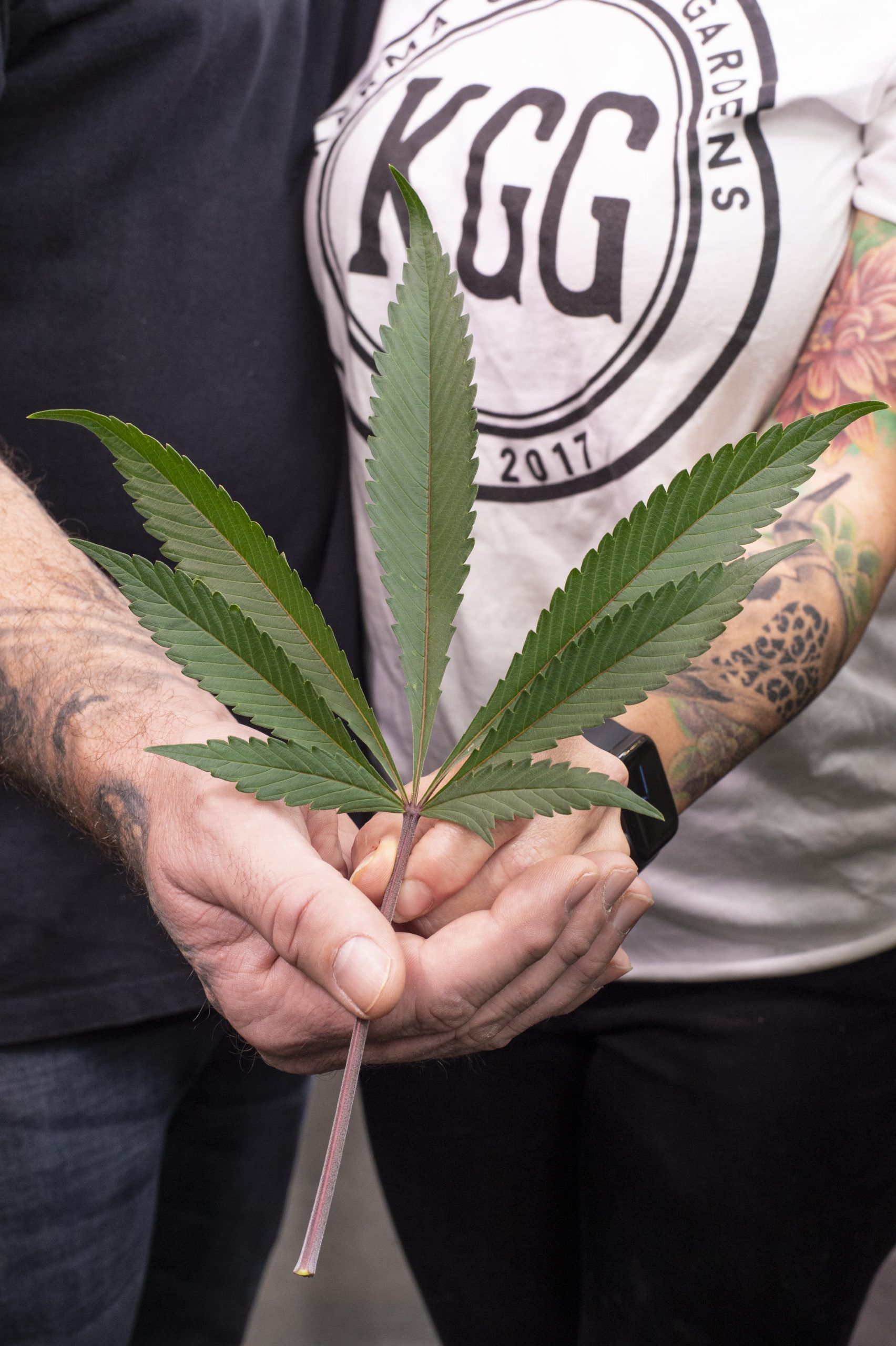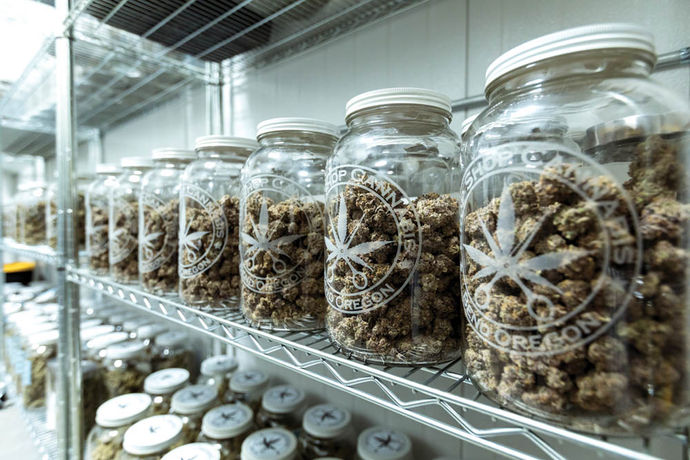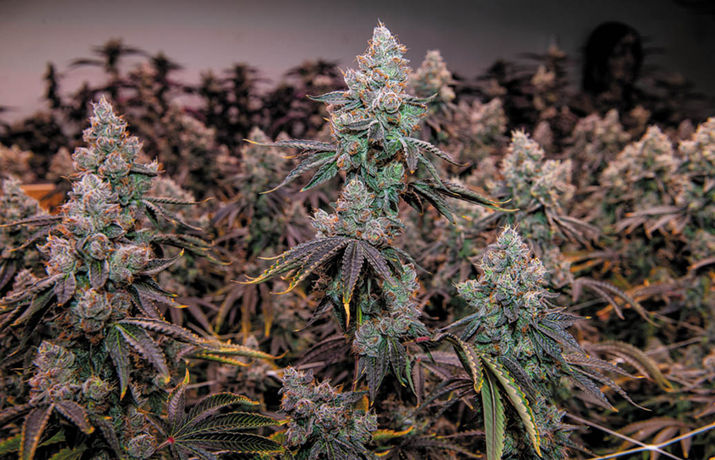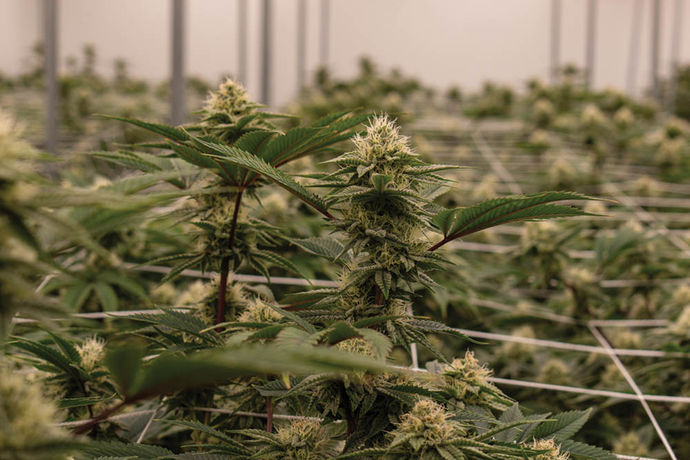Stacy and Tom Holohan’s Houston home is nestled deep within a magical winterland of snow-covered birch trees and winding residential roads. Their cabin-esque home is stunning but modest in stature. The driveway is full of classic Alaskan vehicles like 4-wheel trucks and ATVs. It is precisely what one would expect to see when doing a Google search of Alaska.
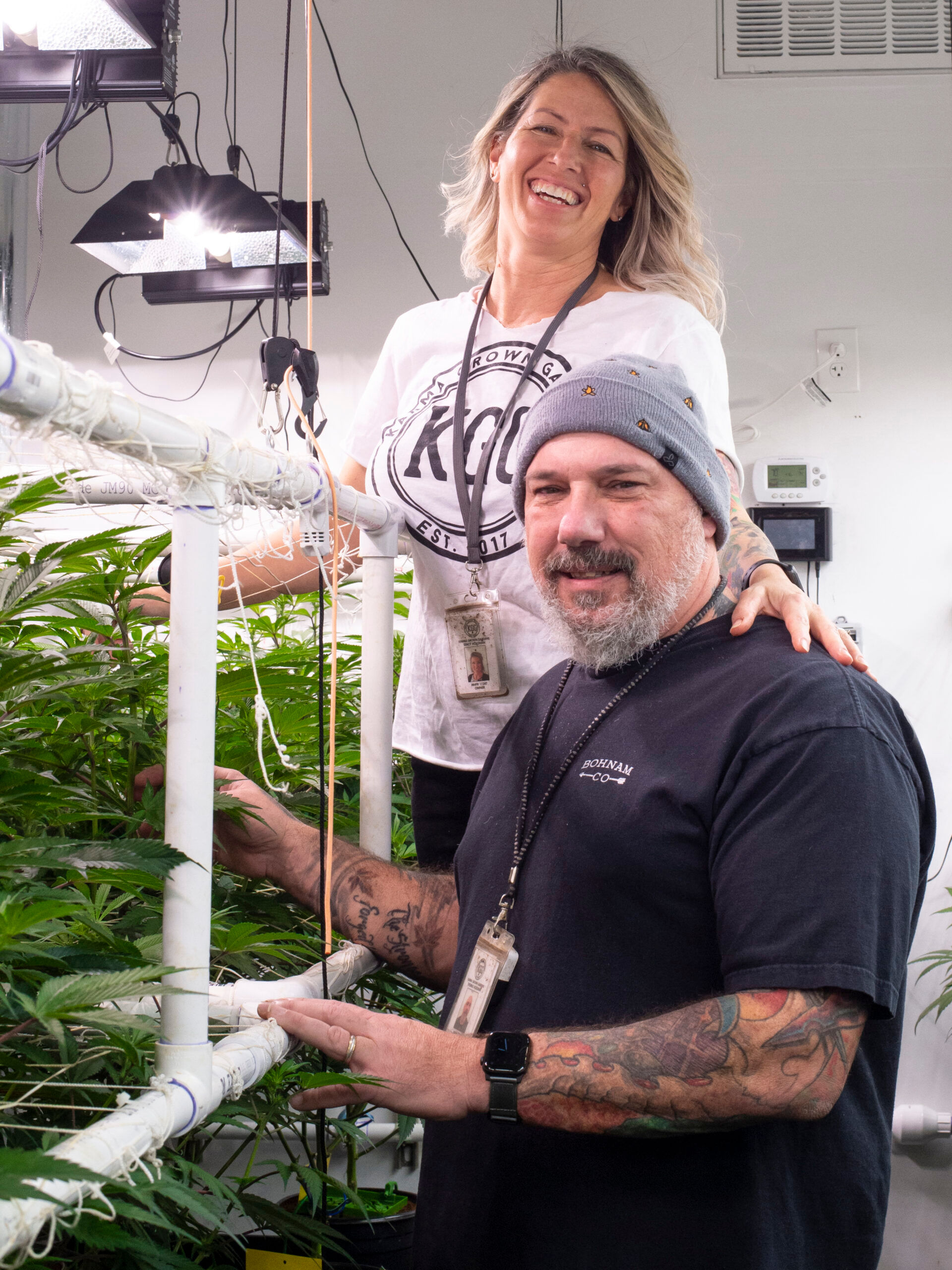
However, upon meeting the Holohans, it is apparent that this is not your typical Alaskan family. Tom is a burly man with a plethora of tattoos covering his arms and hands – the most striking of which is a hyper-realistic owl on his right hand. His wife Stacy is a blond bombshell with colorful flower tattoos twisting up her slim arm.
Reminiscent of members of a biker gang, they are intimidating at first glance – but just as Cannabis once received a bad reputation from those who had never given it a chance, the Holohans are a delightful, free-spirited couple when you get to know them.
Both raised in the Matanuska Valley, the Holohans have been growing Cannabis for most of their lives.
“My grandma and mother were these big hippies that were out here growing Cannabis back in the ‘60s. I actually used to roll joints for my mom when I was like 10-years-old,” laughs Stacy.
Tom’s introduction to Cannabis, like many old-time Valley cultivators, was a little less offbeat. In the ‘70s, students were required to take classes at the Experimental Farm in Palmer. There, students learned how to take cuttings and germinate seeds to grow produce.
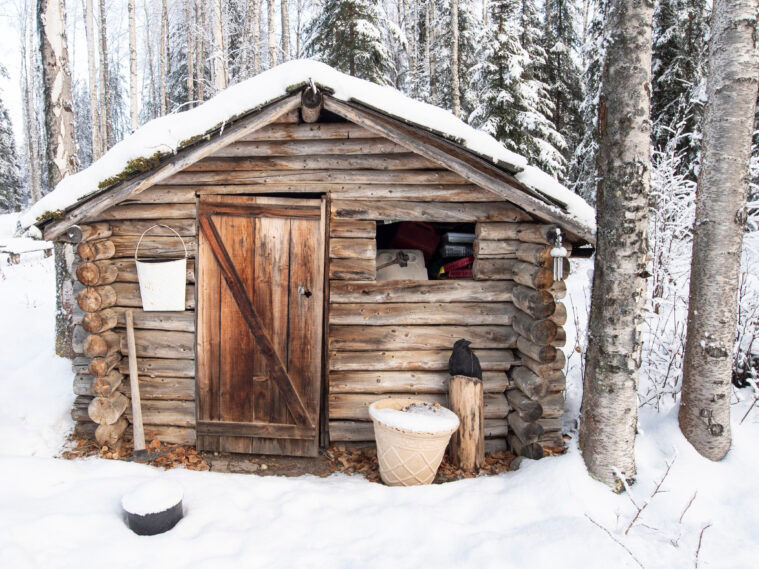
“When I was at school, we were still having a hippie movement, so a lot of kids – my older sisters included – were taking classes and then applying that to Cannabis. So, kids began sowing seeds and growing in their crawlspaces and bedrooms,” says Tom.
The result was the creation of a robust tradition of indoor growing in the Valley.
“Really, that’s how we became famous for the [Matanuska Thunder Fuck] strain, but, in my opinion, there was never an MTF strain. We were all growing variants of Northern Lights No. 5, but pretty much anything coming out of the Valley in the ‘70s was always called MTF. It really ticks me off when I see people trying to capitalize on it,” explains Tom with an agitated shrug.
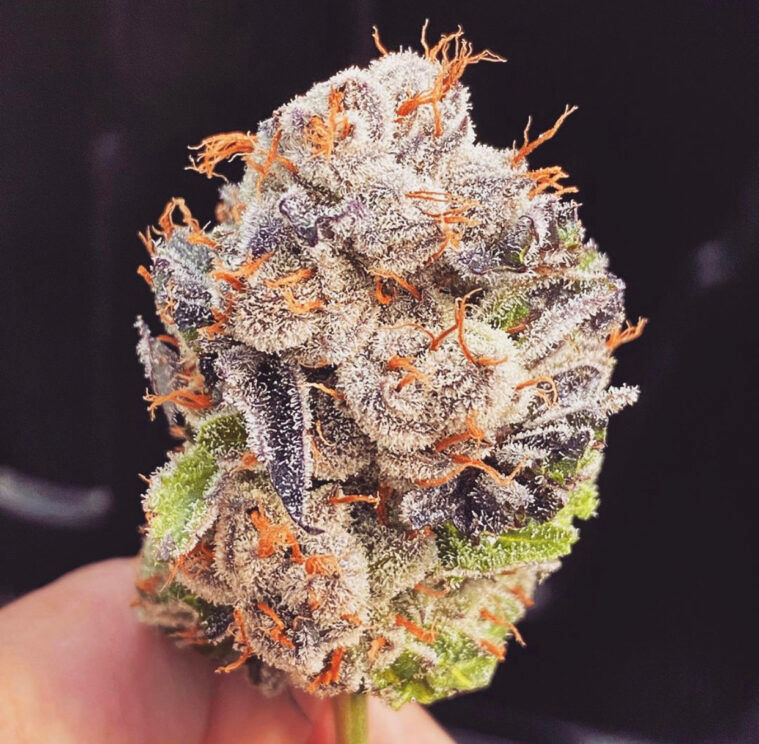
The infamously budding scene led to what old growers refer to as “knock and talks” from local police. Tom and Stacy weren’t immune and once had to contend with a raid that involved a helicopter and a SWAT team.
“You know, initially, we were kind of scared about going legal because I knew how it would affect the incomes of a lot of people in our circle. But we jumped on the legal train, and it’s really been a blessing. We do everything by the books and put in a lot of hard work – and take pride in doing things by the book,” says Tom.
His dedication to exactitude also extends to his current limited grow operation, Karma Grown Gardens, LLC. Under Alaska statutes, limited grows can have no more than 500 square feet of canopy space. Space is measured by the plants’ height, which sounds like a logistical nightmare but, for Tom – who has a degree in computer science – figuring out the math has been a welcome challenge.
In the nursery, the Holohans typically have 10–12 mothers and 50 clones at any given time. The clones spend about 10 days in Tom’s custom cloning units before being transplanted into five-inch pots and placed on a 2×24 foot tray that runs the building’s length. The growing plants will spend two weeks in the nursery before being replanted into three-gallon pots and moved into one of Tom’s two growing rooms.
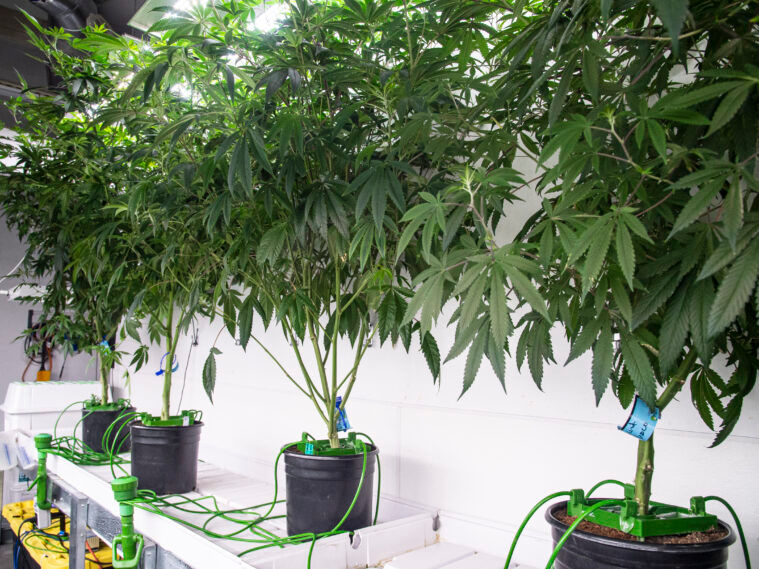
A year ago, the Holohan’s relied on a recirculating deep water culture (RDWC) system to feed their plants to save space.
“I think I was the first person in the state that was really hitting [RDWC] hard. With those systems, you throw the plants in 28-gallon totes, and the root system fills up the whole tote. It’s just pure hydroponics. So, we could grow 16 plants in each flower room instead of 44, and get the same amount of yield because each plant would just grow so fast,” says Tom.
However, the RDWC system comes with one major drawback: Entire grows are more susceptible to root rot and Pythium, which spells disaster for small grows like the Holohans. After losing a few plants, Tom and Stacy switched to coco coir, and they both say it has been a game-changer. But that’s just one of two changes the Holohans have made.
“We’re in the process of switching our light systems to the ROI series from Growers Choice. It’s a new kind of LED that will allow us to scale down a little bit. So, we are going to be using 10 lights in each flower room and 16 lights in our vegetation area,” says Tom.
The ability to make these micro-adjustments are precisely the reason that the Holohans opted for a small garden.
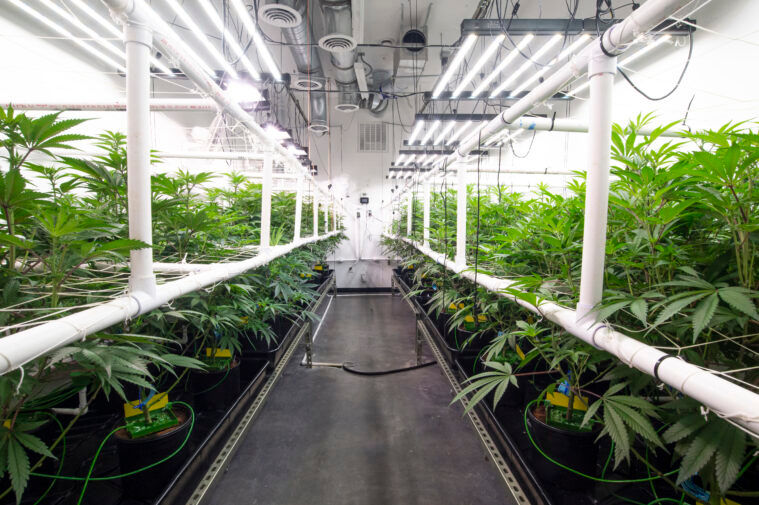
“Why did we decide to do a limited grow? That’s an easy one to answer!” says Tom. “We can grow better quality by doing smaller batches. We can actually grow our plants and touch every single one of them every day.”
While Tom’s focus is on the technical aspects of the grow, Stacy adds her own secret ingredient to ensure each plant is of premium quality.
“I know it sounds cheesy, but when I’m taking care of the plants, I sing to them,” says Stacy. “I’ve even cried to them while telling them how grateful and appreciative I am of them.”
You likely won’t catch Tom carrying a tune in the garden, but he deeply believes that the secret ingredient to growing is love.
“I know people who are super technical, and sometimes the plants don’t respond to certain people. The plants just respond to some people a lot better. If you’re doing this strictly for money and you don’t care about the plants, it’s going to show,” Tom says.
The Holohan’s lone employee, Alaska-transplant Cory Barber, has also been indoctrinated into the Holohan’s system.
“I just love growing things, and working here feels a lot like being a kid in a really cool candy shop,” says Barber.

The care the Holohans put into their plants also extends to the companies that they work with.
“We are really selective about who we work with. There are some businesses that we avoid just because they don’t have the same background as we do – they don’t have the same perspective on Cannabis as we do,” says Tom emphatically.
Karma Grown Gardens might not be the highest producing garden in Alaska, but according to their loyal customers, their Cannabis has the highest love quotient. At the end of the day, that’s all Tom and Stacy aim for.

